Sample articles
February 2023 Issue
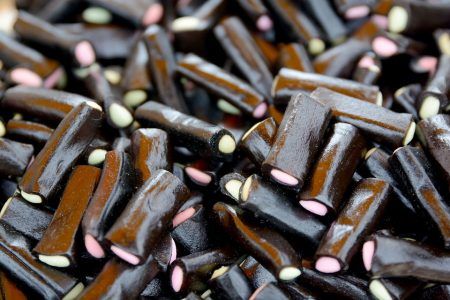
Connecting depositing and extruding
On the surface, there are no obvious connections between a new type of depositing head for dosing fixed amounts of chocolate into polycarbonate mould cavities and extruding coloured and flavoured liquorice or fruit purées into continuous ropes. And, truth tell, exploring those connections was not where I thought this article was going to be headed when I set out originally.
So, what are those connections and what can we learn by exploring them?
January 2023 Issue
I have two articles in this issue!
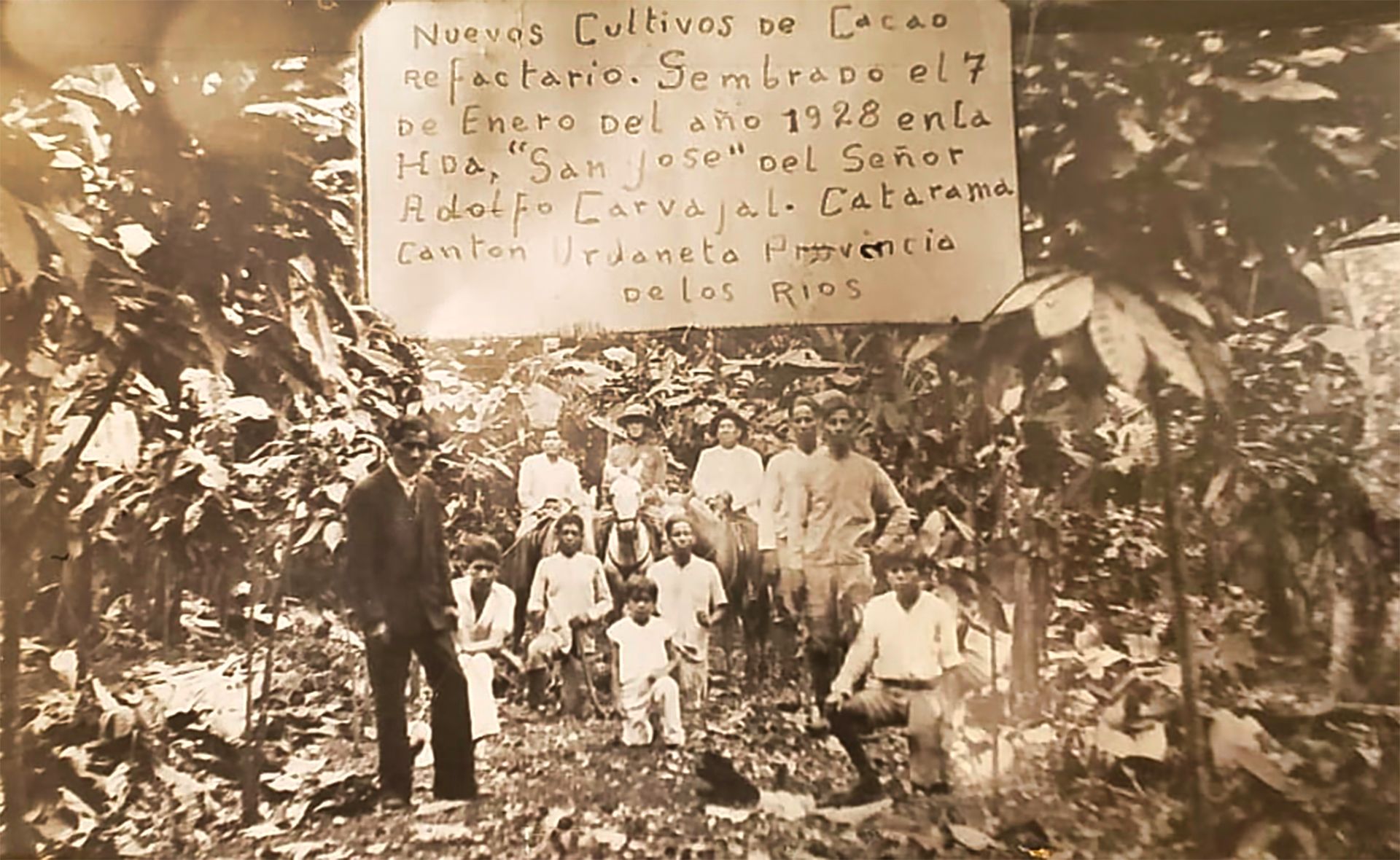
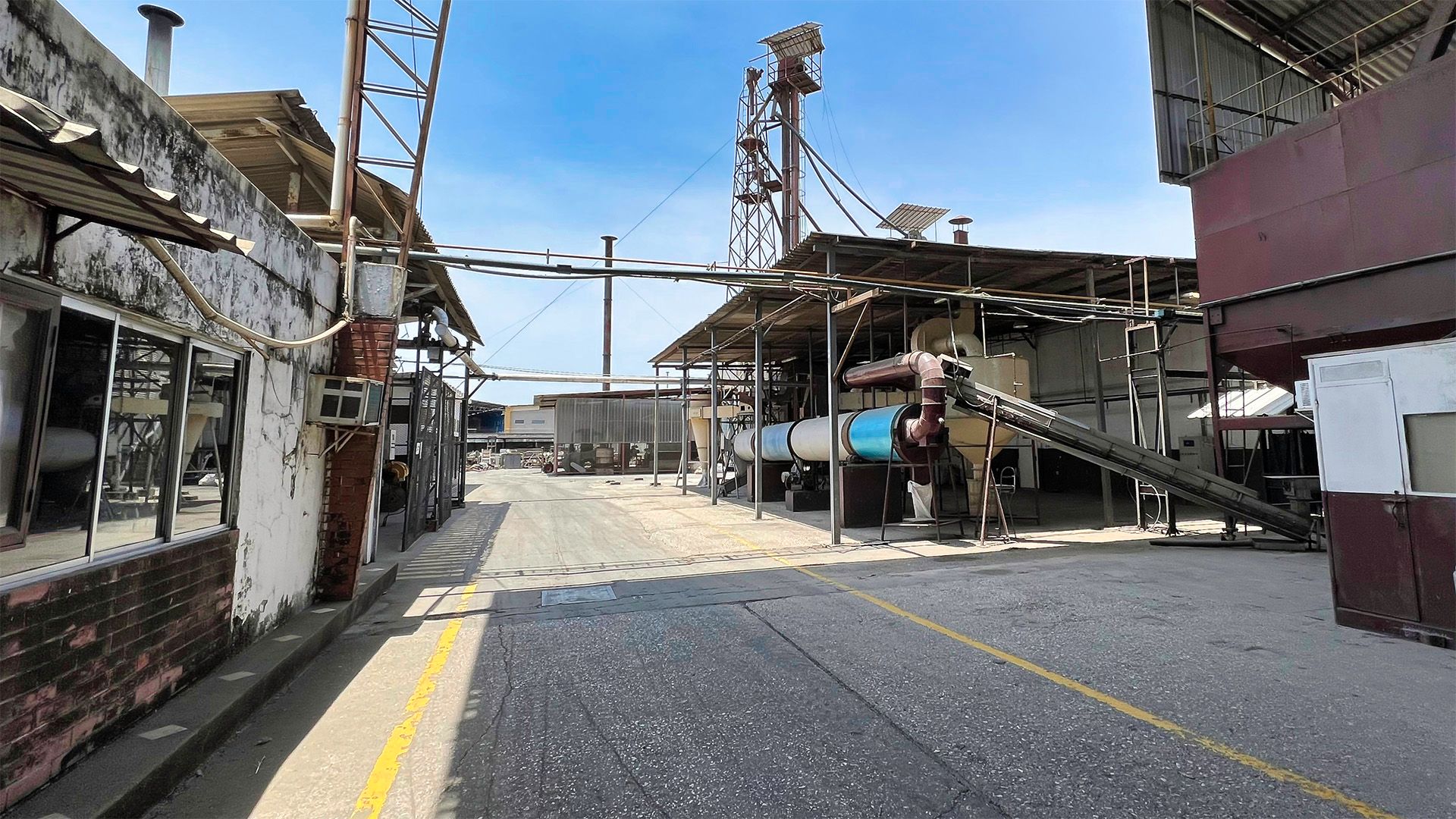
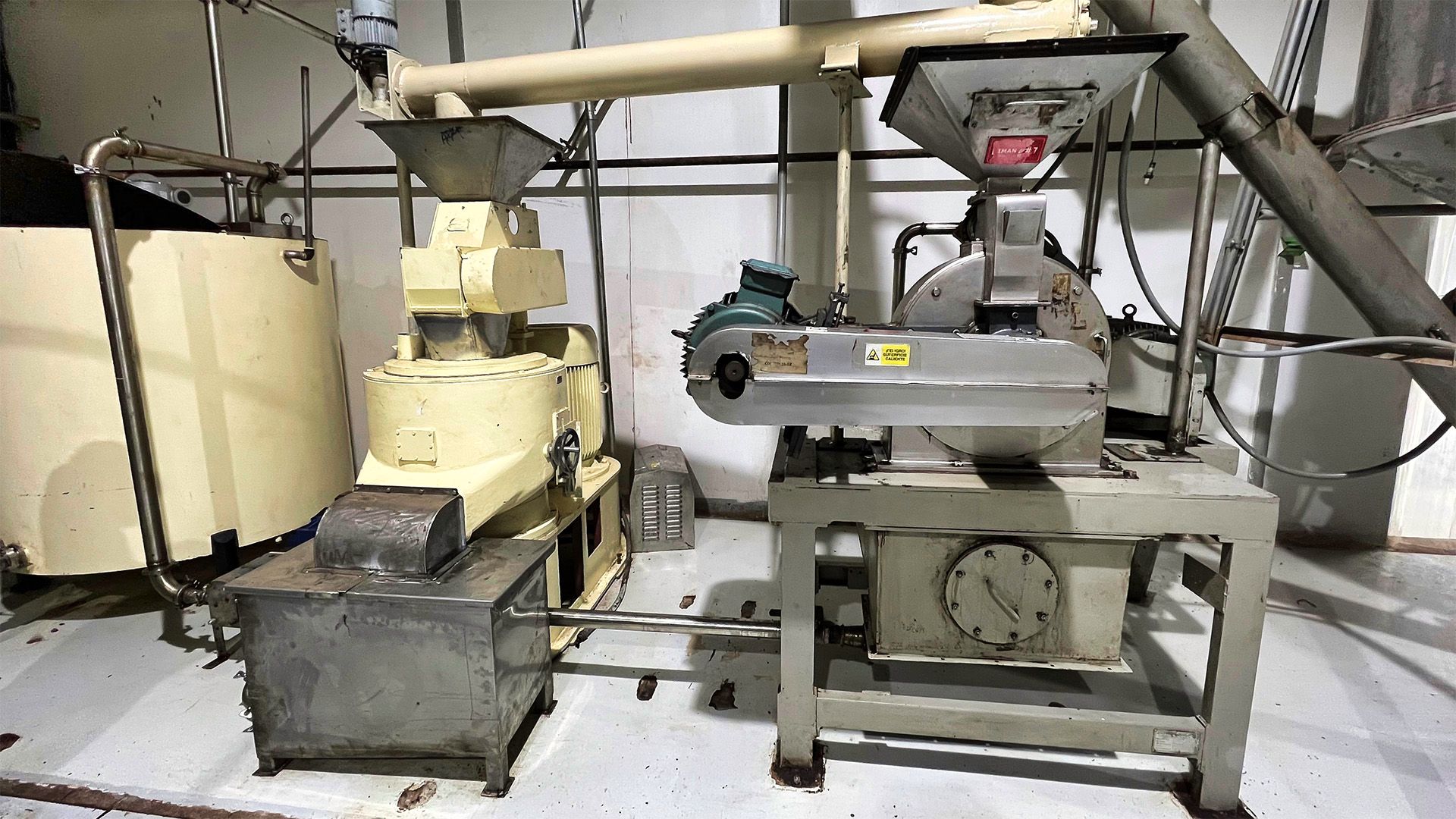
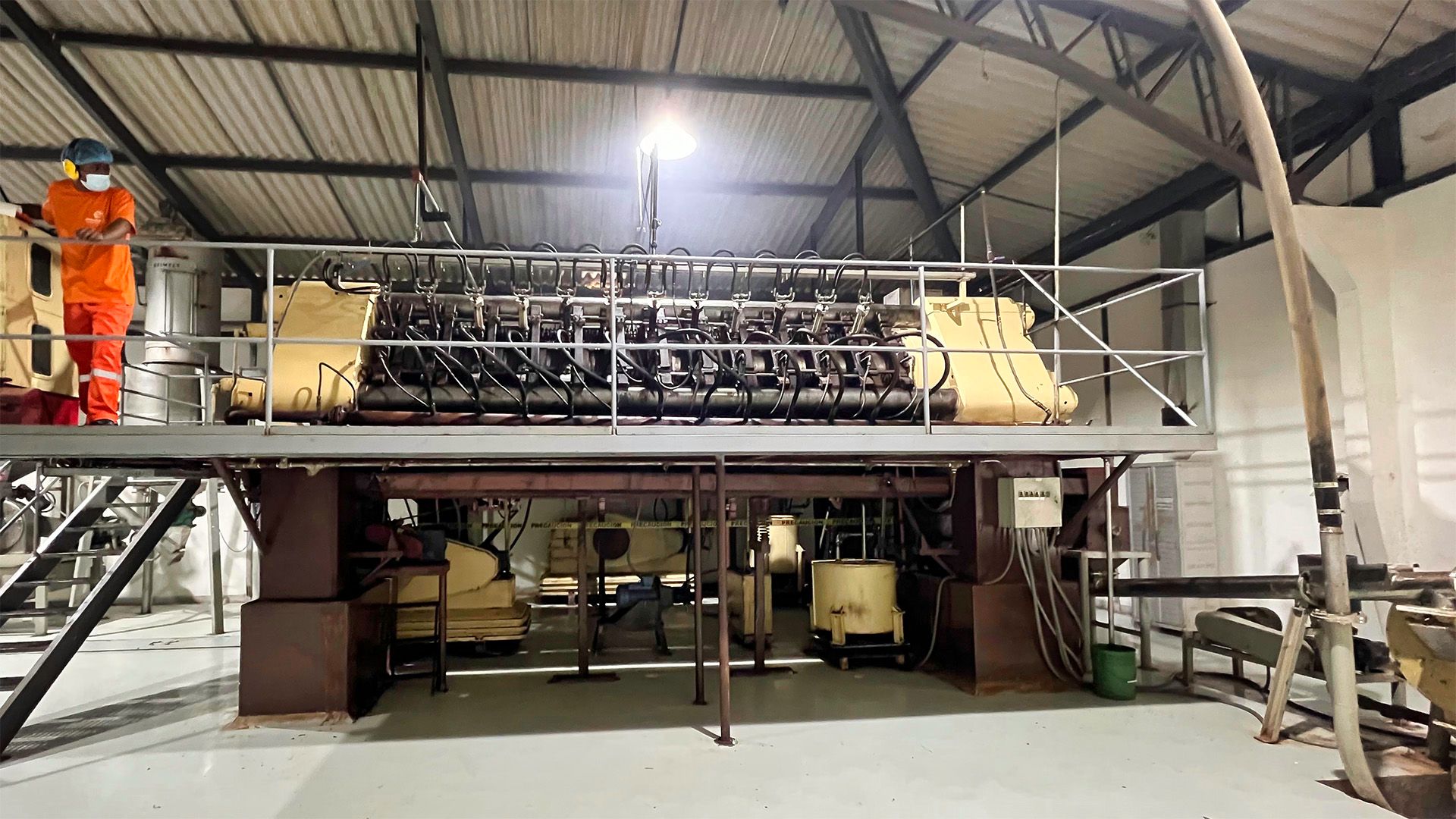
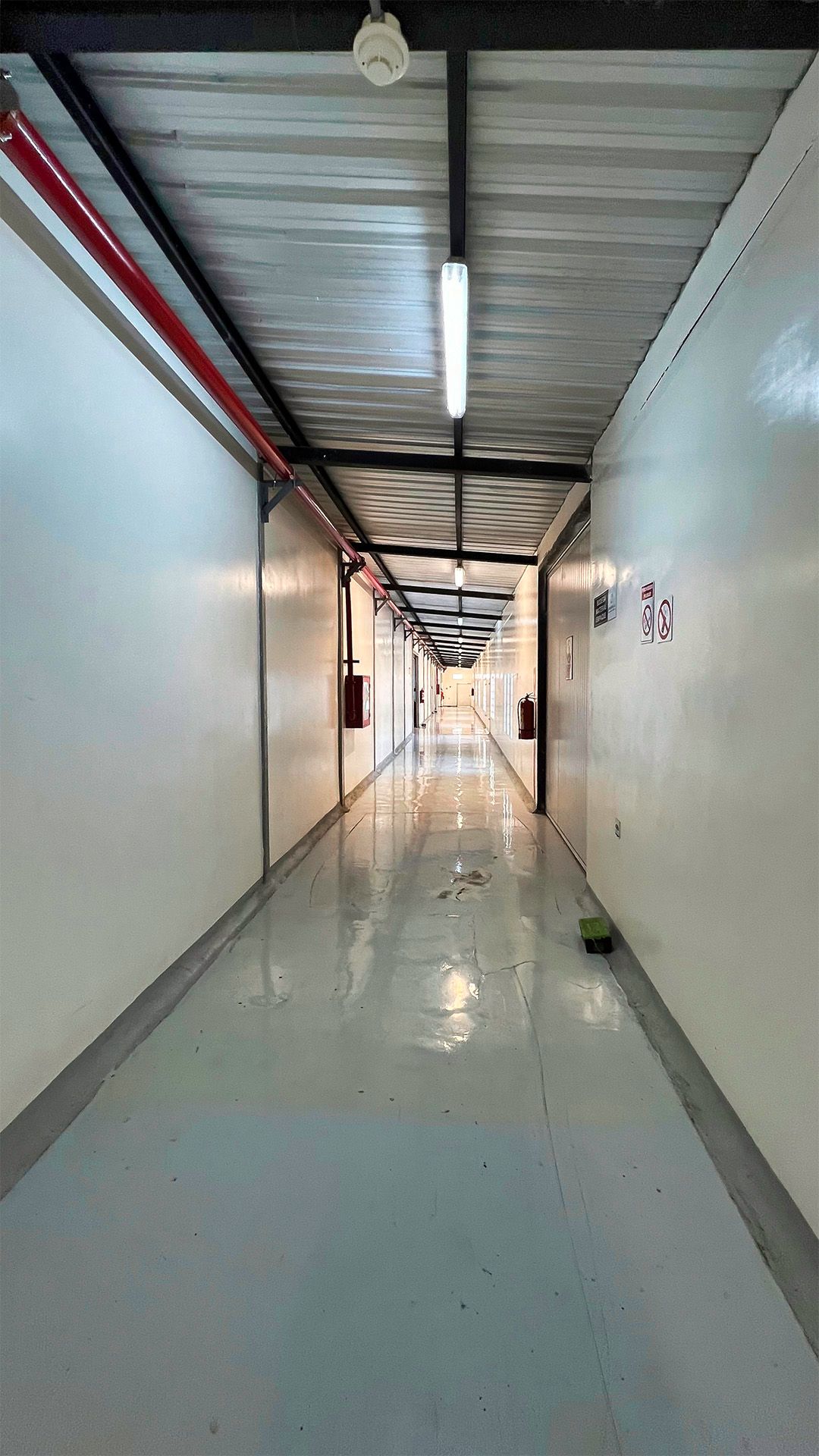
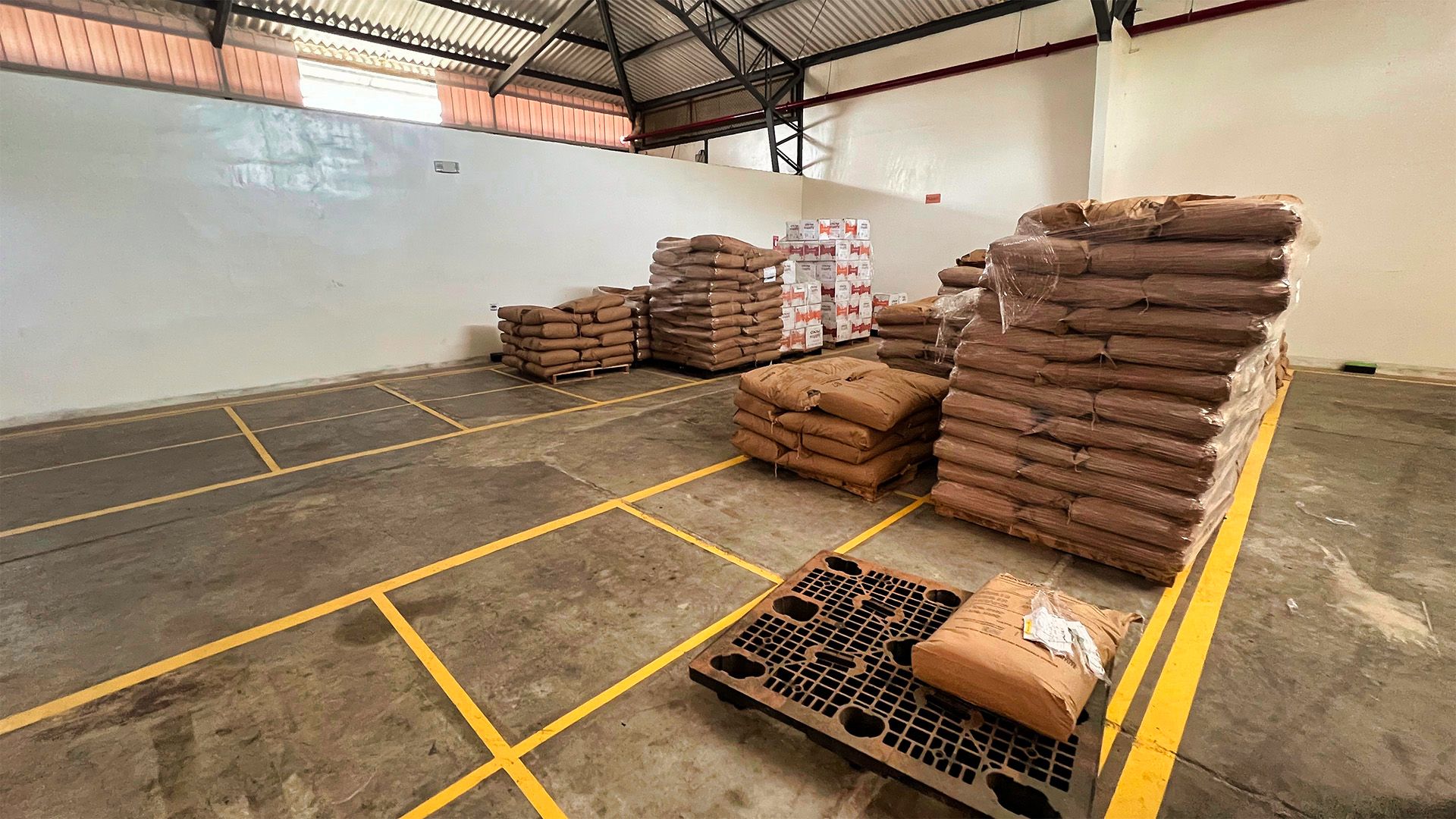
Photos I submitted from my travels that were not included in the article.
Photos I submitted from my travels that were not included in the article.
November/December 2022 Issue
Barry Callebaut Introduces “Second Generation” Chocolate
What is G2 chocolate? What’s new about it? What’s not new? And, what are some implications for chocolatiers, the industry as a whole, and for the consuming public?
The G2 launch was the fourth Barry Callebaut (“BC”) global product launch I have attended in person. The first was the launch of Ruby (the fourth kind of) chocolate in Shanghai in 2017. This was followed by the introduction of the flavour lexicon ‘Hidden Persuaders in Cocoa and Chocolate’ at ISM in Cologne in 2018, followed by the launch of WholeFruit in San Francisco in 2019.
BC said that G2 chocolate is a response to changes in consumer sentiment. Research indicates that consumers are looking for simpler ingredient labels, products that are less highly processed and that are “better for you.” BCs distills this down in their materials as: 1) indulging in the purity of cocoa flavours; and 2) “putting cocoa first, sugar last.” By doing so, BC aims to “accelerate industry efforts to address changing consumer preferences and consumers’ desire to indulge more mindfully.”
October 2022 Issue
A Technical Primer on Colours
October 2022
Panned items make up a large portion of the chocolate and sugar confectionery market, and for good reason: it’s an extremely versatile technique that enables the production of a wide range of products – from sugar candy-coated chocolate lentils to chocolate-covered nuts, and more.
And while the technique itself is easy to explain, like most things, being able to produce high quality product consistently – at any scale – requires skill and practice. The same is true for the entire range of cocoa butter-based airbrush, spatter, and other surface decoration techniques used in chocolate bonbon production
Behind these seemingly simple ideas lies a complex set of interdependencies as the finished panned product is built up, layer by layer, from the centre out and the bonbon is built up layer by layer from the outside in.
September 2022 Issue
The 5 Ps
In my first article as Technical Editor for International Confectionery (the June/July 2021 issue), the topic I covered was Communicating Sustainability. One focus of that article was recognising that sustainability means different things in different parts of the world, and that to communicate effectively it’s important to be aware of, and understand, those differences. I’ve explored related issues in articles on ethical supply chains in other issues of International Confectionery.
One of the guest commentators in that first article was Heather Terry, the CEO of GoodSAM Foods PBC (goodsamfoods.com) headquartered in the US. I’ve known Heather since before she started her first business in chocolate (Nibmor) in 2009. She expressed in her commentary that, “We only had [the] access to our supply chain that our chocolate suppliers wanted us [to have]. We had to take what we were given, wrap it up in a[s] neat bow [as we could], and put it out there.”
Join me as I explore the 5 Ps: planet, people, prosperity, partners and passion.
August 2022 Issue
When Chocolate Isn’t Real Anymore
An exploration of cocoa butter equivalents and cocoa butter replacements.
June/July 2022 Issue
Here comes the sun
The sun has been an integral part of transforming cocoa into chocolate since before the beginning of recorded history.
In pre-Columbian South America, cacao was valued in its wild state not for the seeds (which were discarded), but for the pulp, which was eaten directly or squeezed for juice to make fermented beverages. It is highly probable that the Olmecs of Mesoamerica were the first people to have domesticated, fermented, roasted, winnowed, and then ground cacao for gruels and drinking, possibly as far back as 2000 B.C.E. This would have been well before consuming kakawa – from the Nahuatl for bitter water from which the word cacao is based – became common. (Indigenous peoples in what are now Brazil, Ecuador, and French Guiana may have begun to domesticate cacao prior to the Olmecs, likely selecting for characteristics of the pulp rather than properties of the seeds.)
But no matter where domestication and processing began, after the seeds were fermented and before they could be roasted, they first needed to be dried, and this is when the sun becomes an important supporting character in the story of chocolate.
I did a live stream around this topic. This is one of the most popular posts on TheChocolateLife in 2022.
May 2022 Issue
Colouring and flavouring sugar and chocolate
If you happen to work in new product development (NPD) for a large confectionery company, chances are there is an entire group of trained and experienced food scientists working with you whose job it is to know obscure – but extremely important – food science-y stuff that is critical to developing tasty and visually appealing confections that are also safe to eat. You may even be a trained food scientist yourself. This article may seem remedial to you.
Even if you don’t have the luxury of access to trained food scientists, you still need to produce tasty, visually appealing products that are safe to eat.
April 2022 Issue
A chocolate bar? Or a candy bar?
As I rush headlong towards my first anniversary as Technical Editor here at International Confectionery Magazine, I made the time to take a look back over the past year and noticed I’d written two articles about how important it is to define terms and understand what is meant when we use them.
The first of these was for my article on the topic of sustainability last June. There is no one agreed-upon meaning and use of the term “sustainable” globally, and the insight my article explored was that different audiences think about sustainability differently, making it important to know what those differences are, and where they are different, to make effective communications possible. A one-message for all markets is going to miss the mark somewhere.
March 2022 Issue
How Wide is Wide Enough?
Over the course of the past decade, I have advised many small businesses on the purchase of enrobing lines, or more commonly, enrobing belts as an accessory to a continuous tempering machine.
By far the most common misconceptions I must address are ones related to size – and this is a case where bigger is not necessarily better. Most first-time buyers don’t have a good grasp of the relationships between belt width and speed, desired production throughput, the capacity of the tempering machine required to meet the desired throughput, capital equipment costs, labour costs and finally, how much cooling capacity is required.
February 2022 Issue
Gelling Agents & Hydrocolloids
A colloid is a mixture in which one substance, consisting of microscopically dispersed insoluble particles, is suspended throughout another substance, often, but not necessarily, a fluid. When the fluid is water, the resulting mixture is called a hydrocolloid. A hydrocolloid is a type of colloidal suspension. Chocolate is another type; small particles of cocoa solids (and optionally, sugar particles, milk solids, etc.) are suspended in fat(s), most commonly cocoa butter. One distinction between colloids and suspensions is particle size, with the particle size in colloids on the order of one micrometre and smaller, with the particle size of suspensions being larger.
January 2022 Issue
Global Ethics and Sustainability in Cocoa Sourcing
The term ethical, just like the term sustainable, has many definitions and meanings. That being so, it makes sense to define how I think of the term in my consulting practice. It is important to keep in mind that beliefs inform actions and actions have consequences. Because the words we use influence our beliefs, the meanings associated with how those words are used have consequences.
November/December 2021 Issue
Sugars and Sweeteners
An alternative take on alternatives to conventional sugars and sweeteners, their history, and growing popularity focusing on how the industry desires to replicate flavor.
October 2021 Issue
Glazing, Polishing & Coating – To V(egan) or not to V(egan)?
A look into vegan alternatives to shellac, a natural bio adhesive polymer made from the exudate of the female lac bug, Kerria Lacca.
September 2021 Issue
alt.Chocolate – A Cost Effective Solution?
A look at methods to manufacture cacao analogs that can be use to make alt.chocolates.
Update: Qoa has now rebranded. The company is now Planet A Foods and the product is called Nocoa.
August 2021 Issue
3D Printing Chocolate – Fun, Fad, or Panacea?
In this article I take a survey of recent developments in 3D printing chocolate, with some detours into some promising decorating techniques.
June/July 2021 Issue
Communicating Sustainability in Confectionery
In my first issue as Technical Editor I compare various definitions for what it means to be “sustainable” and what that might mean for chocolate makers and confectioners.
January 2021 Issue
Influencing a Generational Approach to Chocolate
In my first article for IC, I talk about systemic inequalities in the cocoa supply chain and present a hundred-year vision for sustainability.
